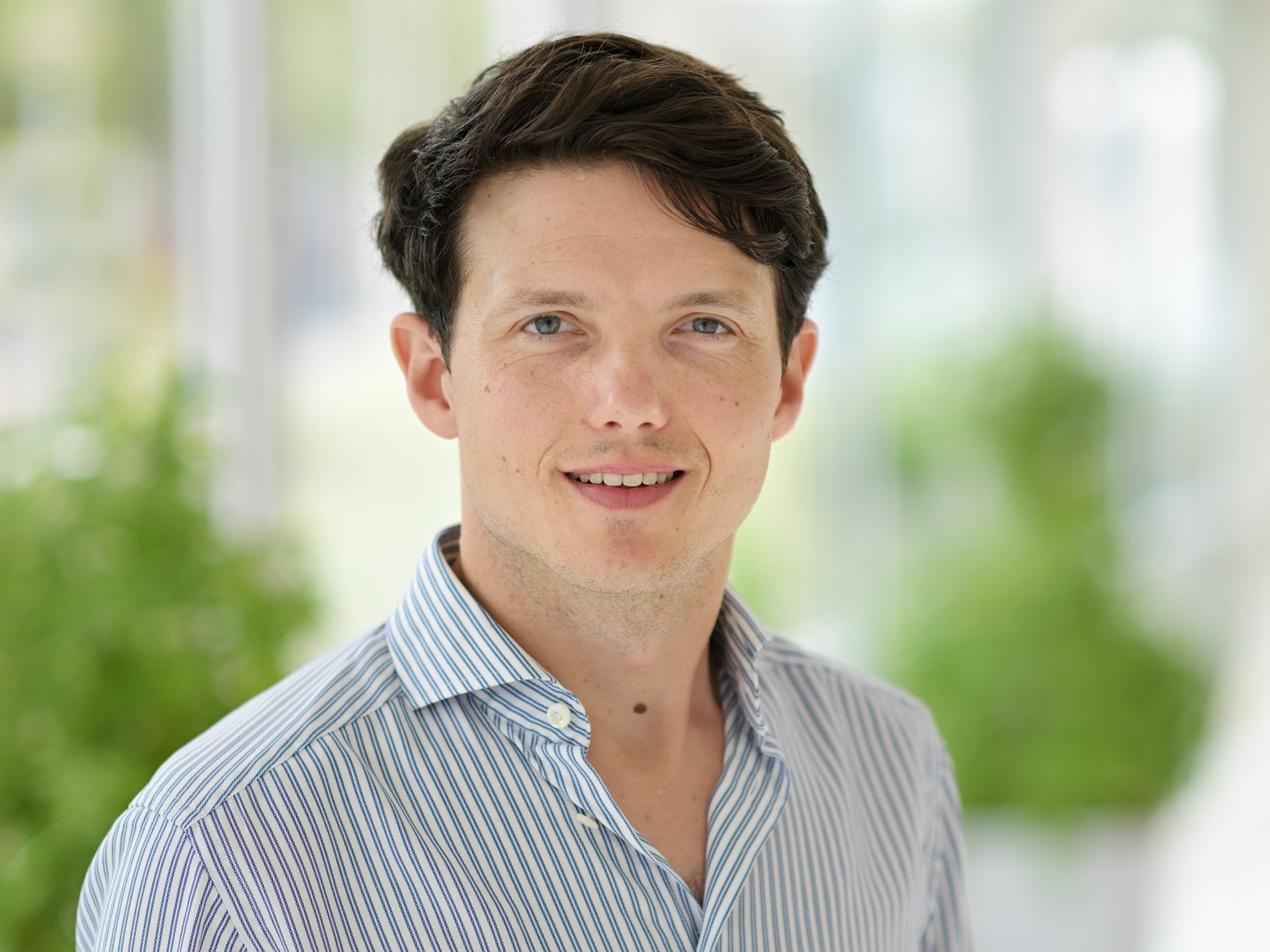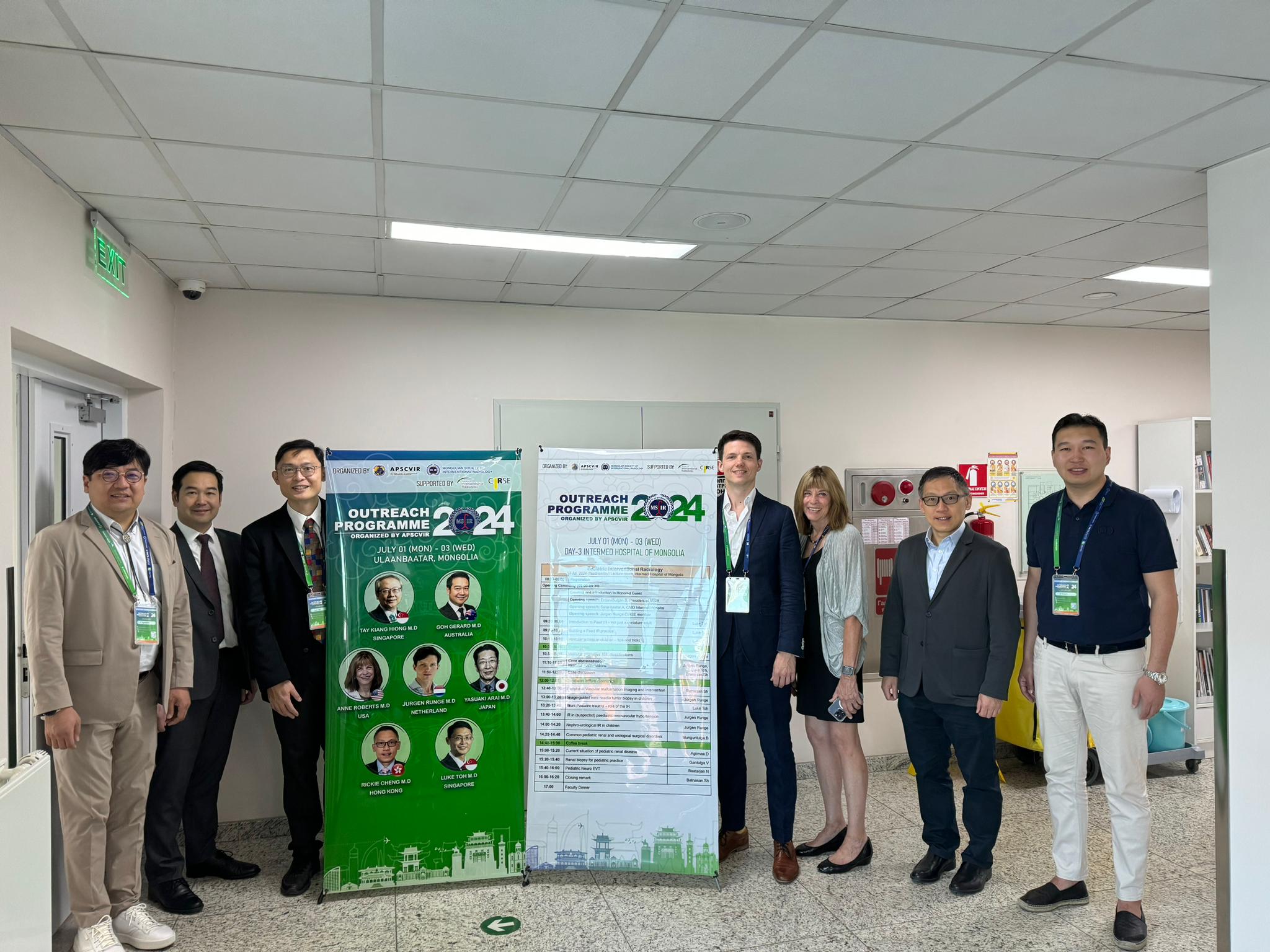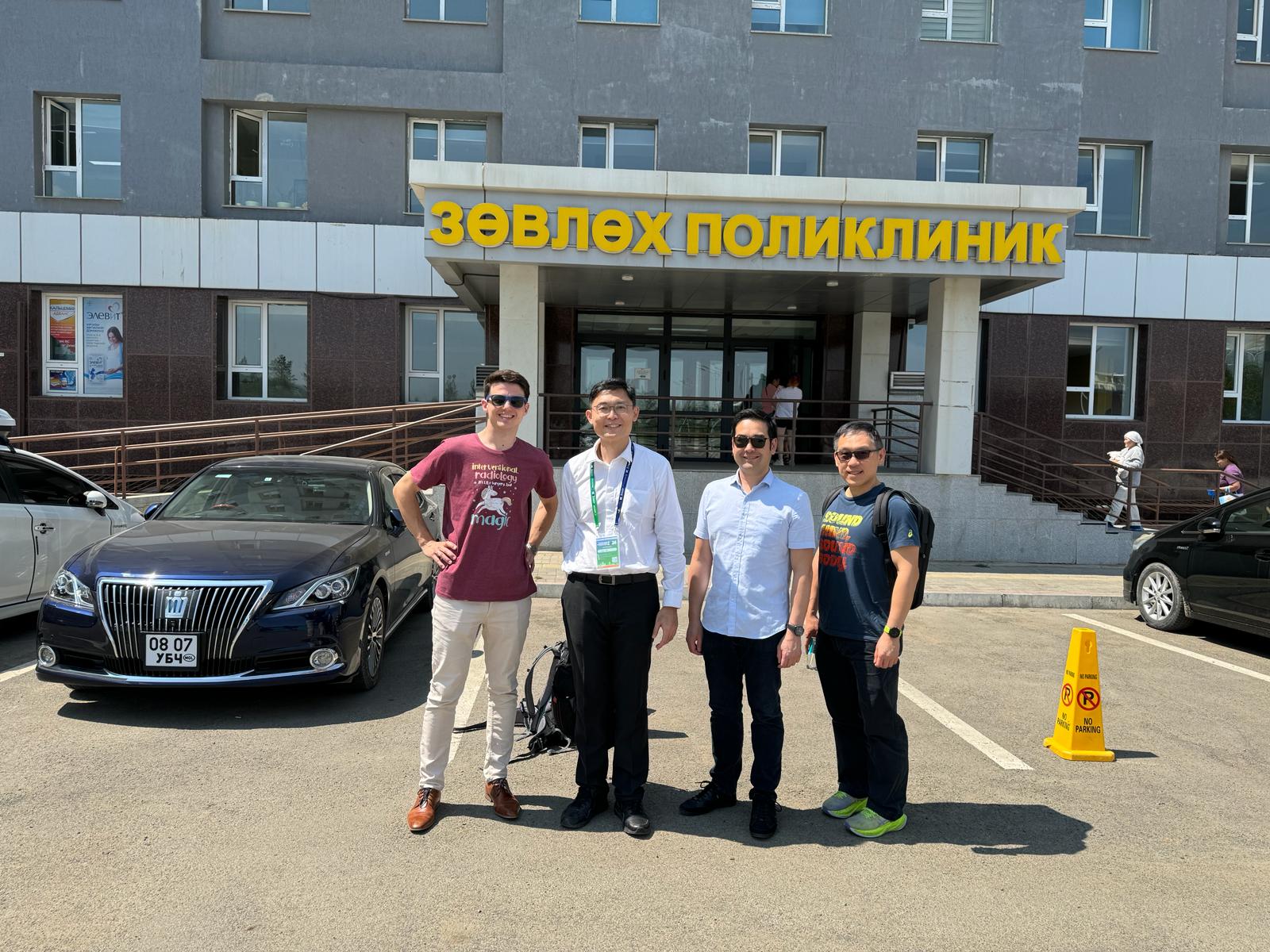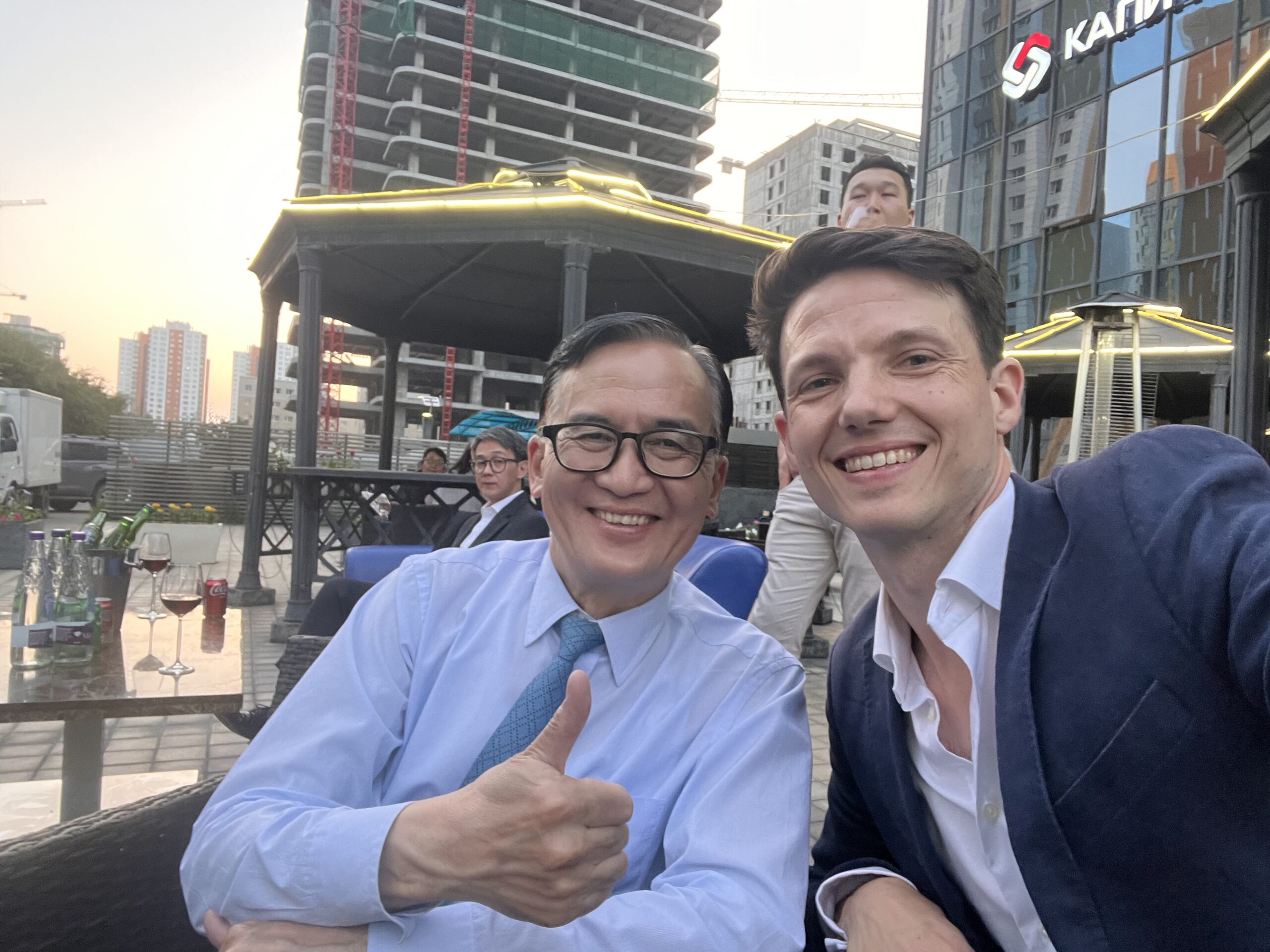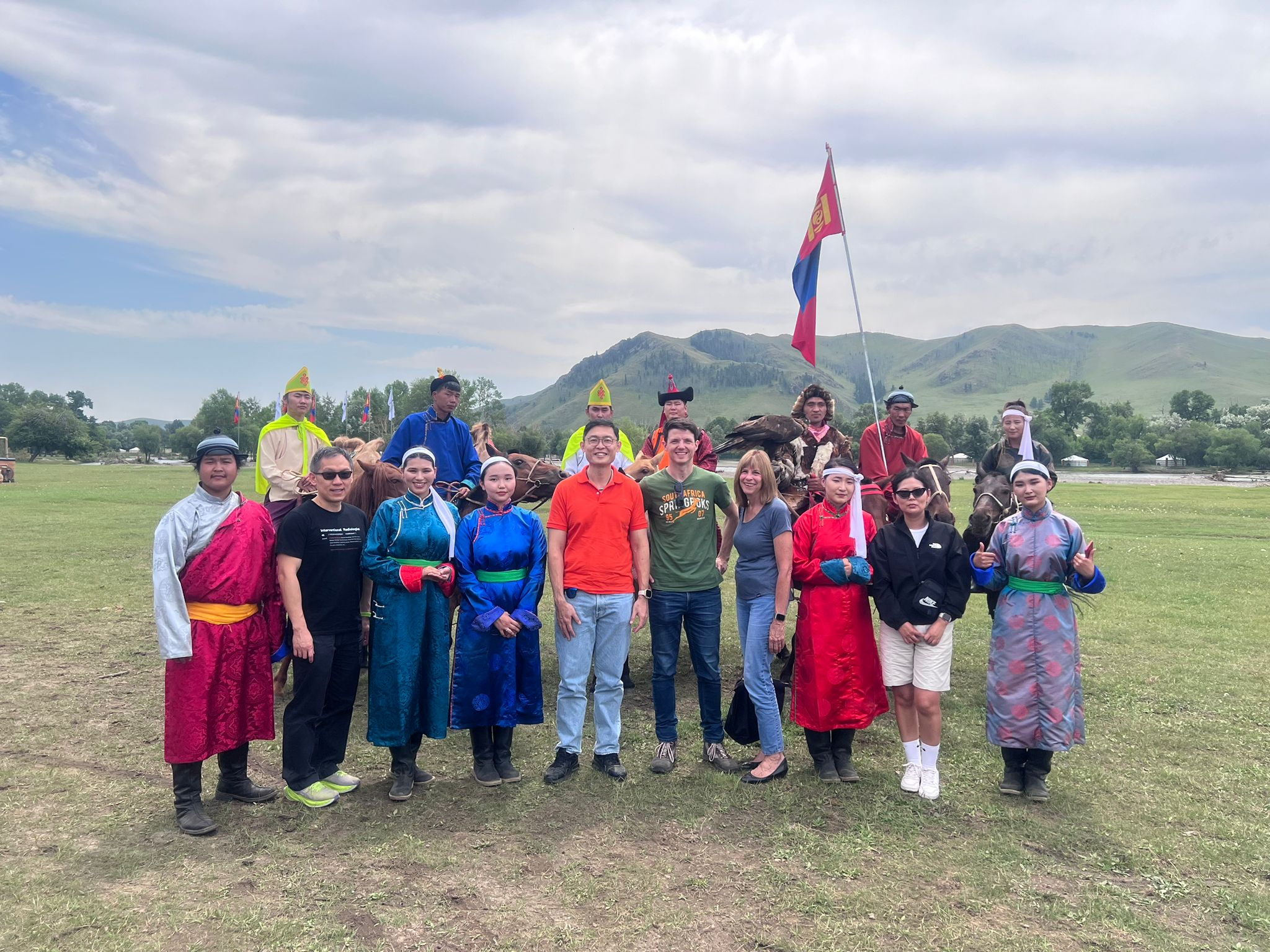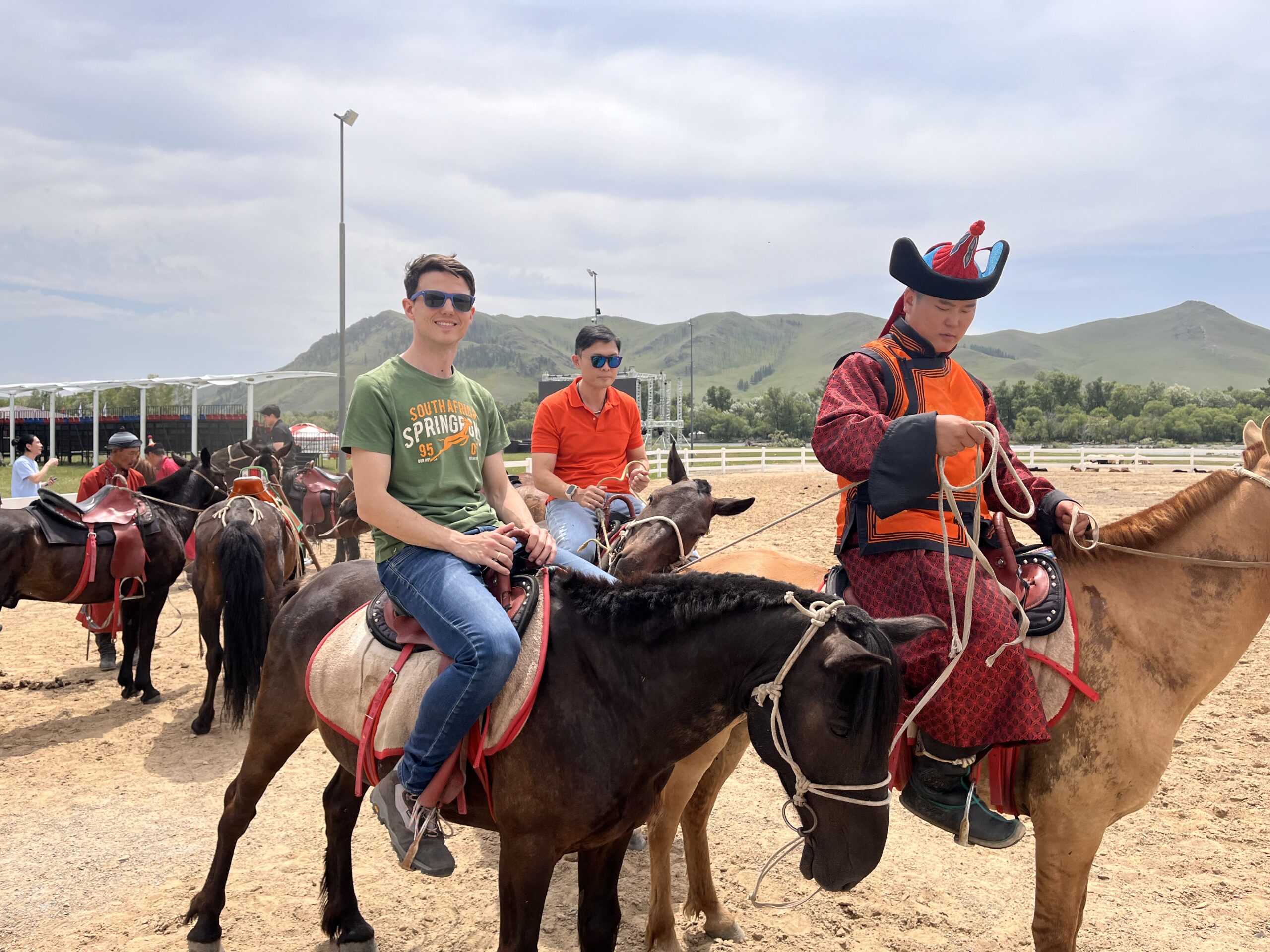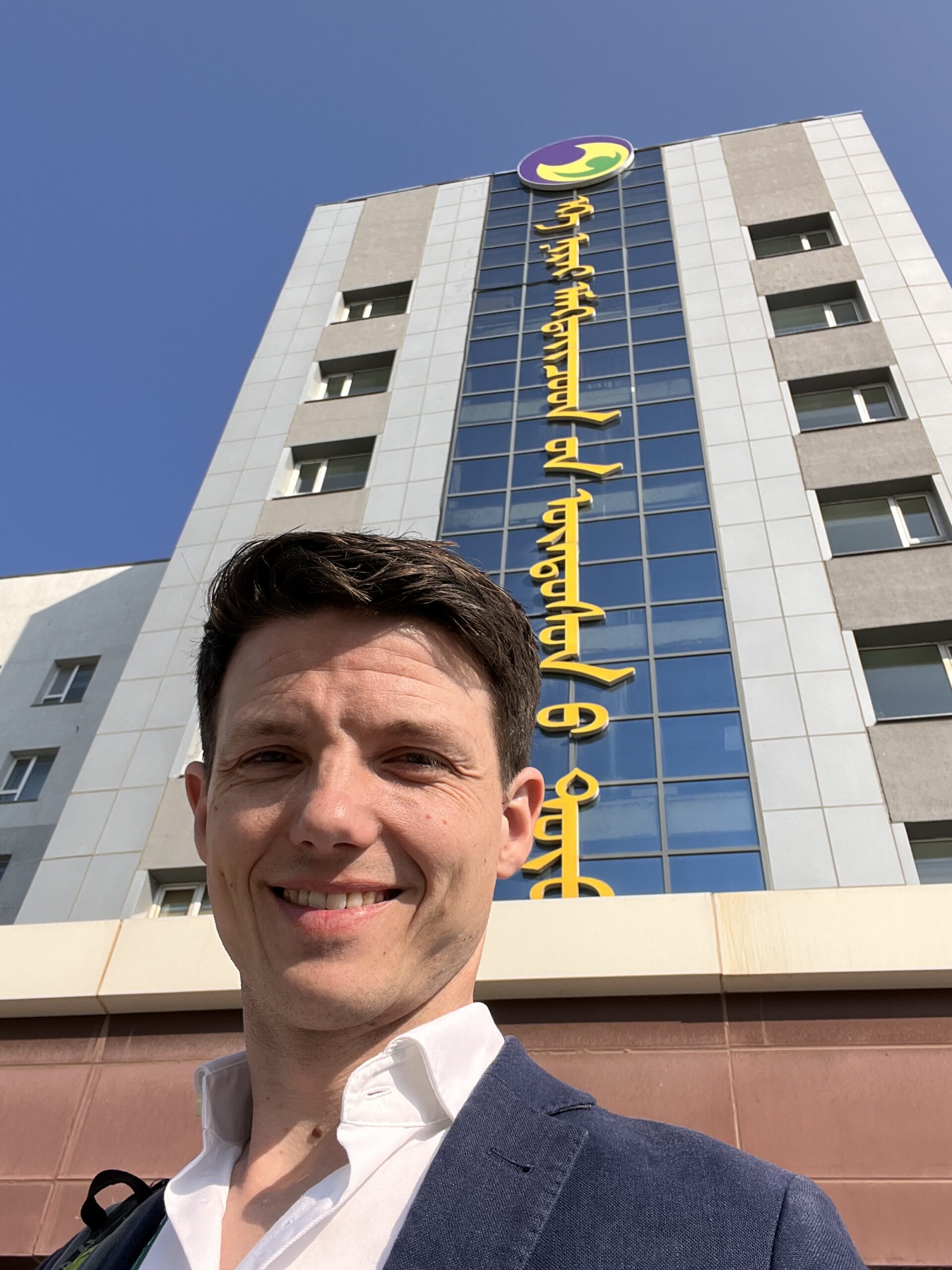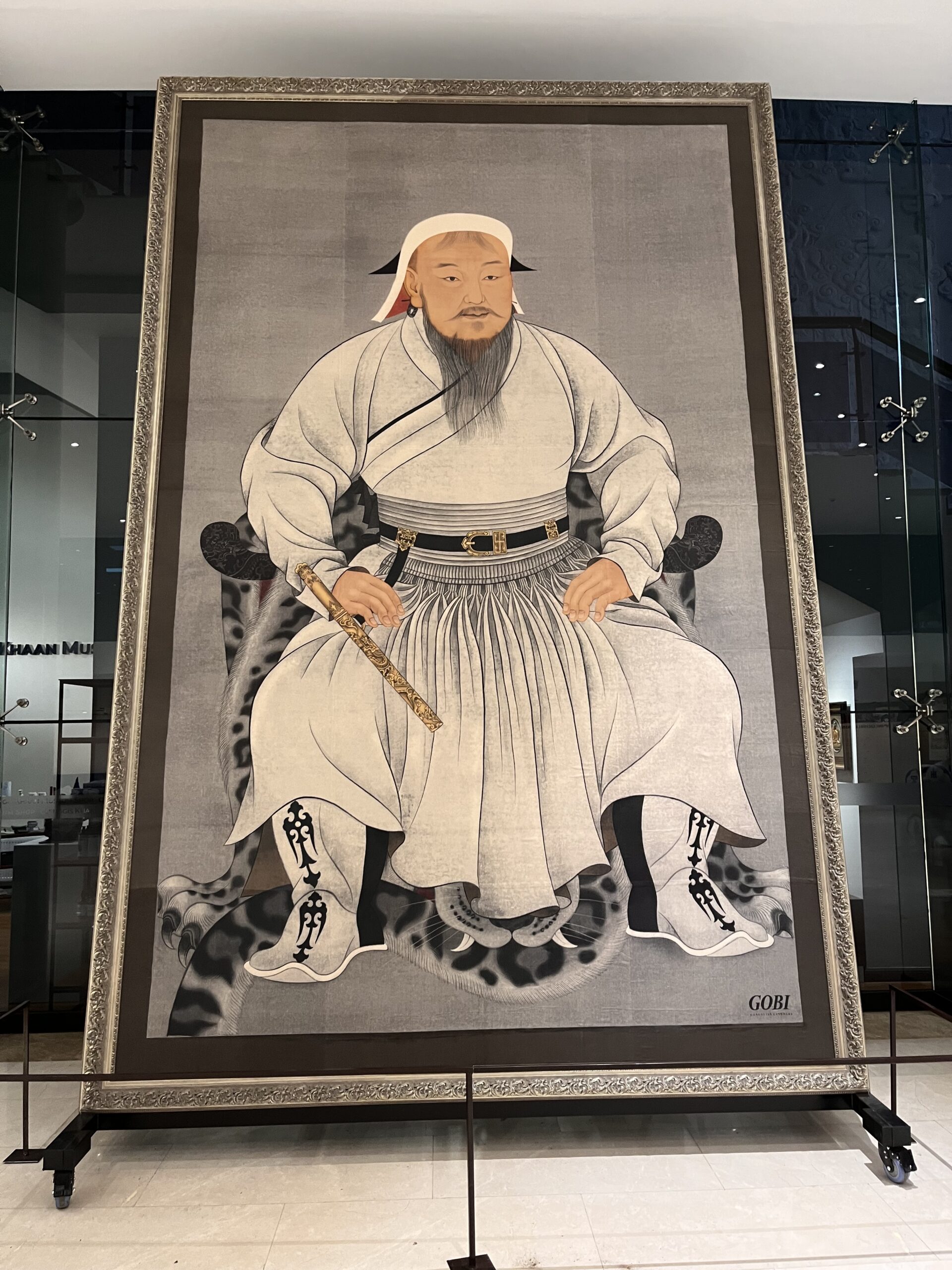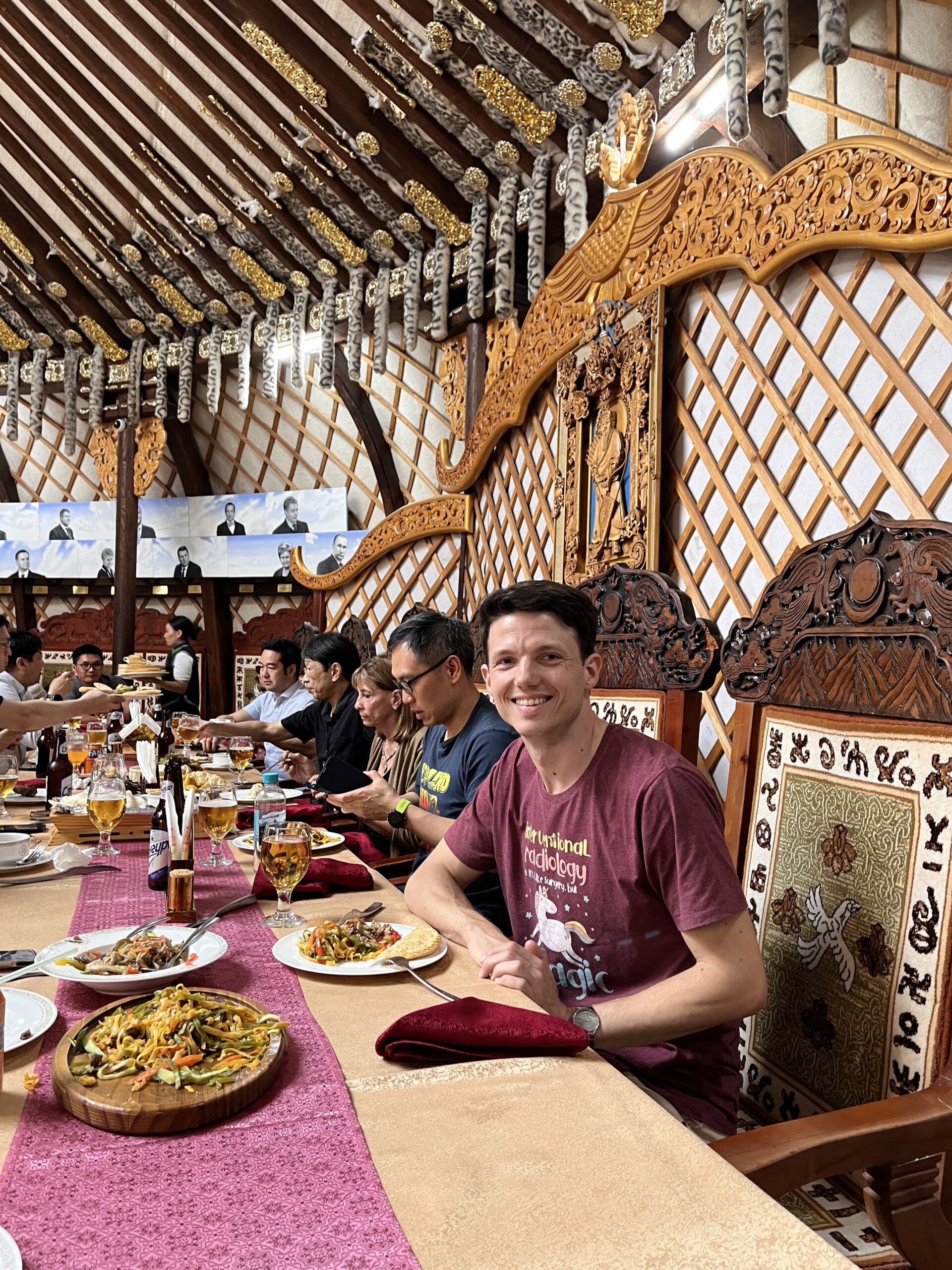August 27, 2024
The Asian Pacific Society of Cardiovascular and Interventional Radiology (APSCVIR) has an ongoing outreach programme, intended to provide training “within the Asia Pacific region where the practice and standard of IR are less developed”. After a hiatus during COVID-19, in-person workshops were resumed in October 2023. Last July, Dr. Jurgen Runge from Utrecht/NL, represented CIRSE at the 2024 Outreach programme in Ulaanbaatar, Mongolia.
__________________________________________________________________________________
By Dr. Jurgen Runge, EBIR
The APSCVIR outreach programme is supported by CIRSE and by the Society of Interventional Radiology (SIR) and focus on different themes each year. As paediatric interventional radiology (PIR) was one of the main themes this year, the CIRSE Board asked me to participate as a representative for the the society. I am an EBIR-certified interventional radiologist with a keen interest in PIR. During residency, I completed a 3-month visiting fellowship in PIR at Great Ormond Street Hospital in London. Currently, I am doing a combined paediatric and interventional radiology fellowship at UMC Utrecht. Our academic centre also serves the adjacent Princes Máxima Center, the national referral centre for paediatric oncology.

